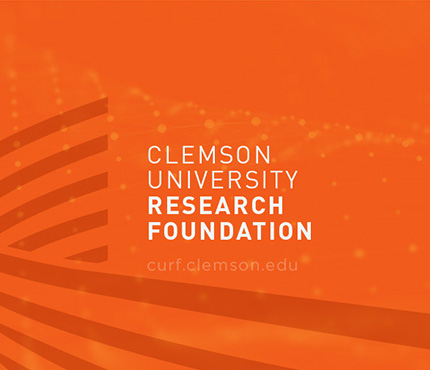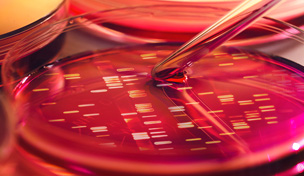Keywords: Computer Software, Biotechnology, Artificial Intelligence
Market Overview
Applications:
Impacts on consumer health and economic supply chain for products including cosmetics, vegetable oils, seafood, processed meat, animal feed, and other food samples
Technical Summary:
This invention is the first example of using Artificial Intelligence based on deep learning architecture to predict antioxidant interactions. The algorithm was trained using the SMILES notation for the antioxidants and a combination index to account for the interaction. This AI
algorithm pulls from a propriety database of approximately 1100 entries and has been enhanced with abundant experimental data in order to provide suitable predictions with statistical relevance. The proposed augmentation approach leads to a more representative chemical space during the model training, which addresses common overfitting problems due to the use of relatively small datasets. As this novel strategy enables a broader and more rational predictions related to the antioxidant mixtures behavior, it could be used as an auxiliary tool in benchmark analysis routines.
Advantages:
• First AI model to predict how mixtures of antioxidants will behave and potential additive, antagonistic, or synergistic effects
• Accounts for the complexity and multifaceted nature of antioxidant response
• Broader and more rational predictions compared to the traditional, empirically driven approaches
Technology Overview
State of Development
TRL 4
Category
Inventors
Dr. Carlos Garcia, Dr. Daniel Whitehead, Lucas De Brito Ayres
For More Info, Contact:
Interested in this technology?
Contact curf@clemson.edu
Please put technology ID in subject line of email.
Contact
Latest News from CURF
Stay up-to-date with the latest trends in the innovation and research industry. Sign up for our newsletter to see how CURF is making a difference and impacting the economy where we live.









